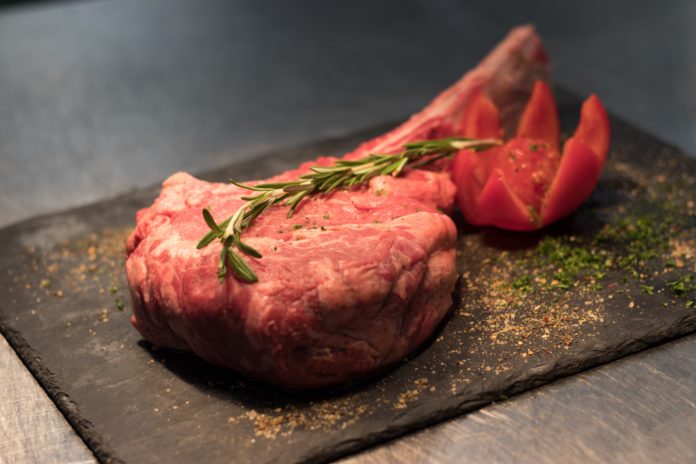
KANSAS CITY, Mo. – Tuesday, June 2, 2020 – While many Americans fired up their grills this Memorial Day weekend, some may have found limits on meat purchases, near-empty meat cases or no fresh meat at all at their local grocery stores. At the same time, they see headlines about pork and poultry farmers having to euthanize entire barns of animals. Such a confusing contradiction presents an opportunity for agriculture to engage with consumers on the complexities of the food chain and the emotional toll this current situation is taking on farmers, according to Terry Fleck, executive director of The Center for Food Integrity (CFI).
“The contrast consumers are seeing between the meat case and what’s happening on farms illustrates the unfortunate effects of the pandemic on a complex food system,” said Fleck. “It’s confusing to those on the outside and causing concern and mistrust. That’s why engaging consumers on how meat gets to our tables and explaining the unfortunate necessity of depopulating animals is critical.”
CFI recently created an animated infographic in partnership with the Iowa Farm Bureau and Illinois Farm Bureau. “Pork, Beef, Chicken: Journey to Your Plate,” featured on the website BestFoodFacts.org, details the intricacies of the meat supply chain. Also on the site, “COVID-19 and the Food Supply: Your Questions Answered” addresses questions about the supply chain and food safety.
“These resources help explain a complex supply chain and why the pandemic has wreaked havoc,” said Fleck.
The U.S. has 835 federally inspected livestock plants for beef and pork and nearly 3,000 federally inspected poultry plants. The system can adjust when one or two plants close. However, the impacts from COVID-19 have affected the entire system at unprecedented levels, resulting in temporary shutdowns or reduced operating capacity at many meat and poultry processing plants.
This massive bottleneck has left millions of market-ready pigs and chickens with nowhere to go. Normally, processing plants harvest an average of 500,000 pigs and 24 million chickens per day. As the number of pigs and chickens unable to go to market grows day after day, so too do the animals. They literally outgrow the space that is designed specifically for their comfort and wellbeing.
That has resulted in farmers faced with the heart wrenching decision to euthanize animals that should have gone to market.
For the farmers who’ve committed their lives to the responsible care of animals, putting down healthy animals is devastating, said Fleck. “They dedicate their lives to raising animals to provide food for families in the U.S. and around the world. Depopulating herds and flocks is an unimaginable action that’s done only as a last resort. Failing to depopulate would mean millions of animals kept in conditions that jeopardize their wellbeing.”
Helping consumers understand the supply chain disruption and impacts may seem daunting, but the key is to keep it simple and engage on the shared values of safe food and a commitment to the highest standards of animal care.
“Talk about how challenging these times are in a reality that can’t be changed,” said Fleck. “That those in the food supply chain are working diligently to keep food on store shelves while keeping employees and the public safe, and how farmers – like others around the world – are in crisis and faced with incredibly difficult decisions.”
Depopulation is the last resort, but being transparent about the realities of assuring animal wellbeing may bring a new perspective to consumers and help earn their trust, said Fleck.
# # #
The Center for Food Integrity is a not-for-profit organization that helps today’s food system earn consumer trust. Its members and project partners, who represent the diversity of the food system, are committed to providing accurate information and working together to address important issues in food and agriculture. The Center does not lobby or advocate for individual companies or brands. For more information, visit www.foodintegrity.org.







